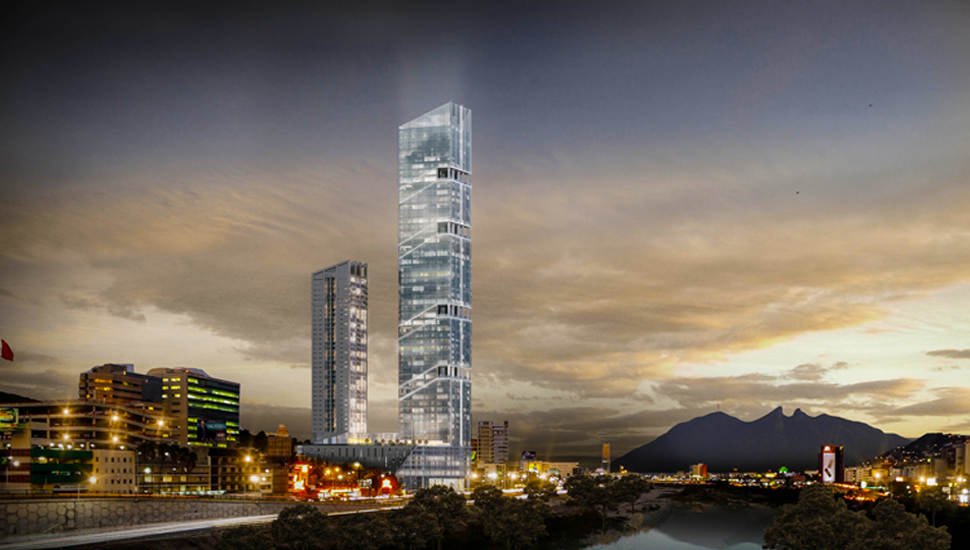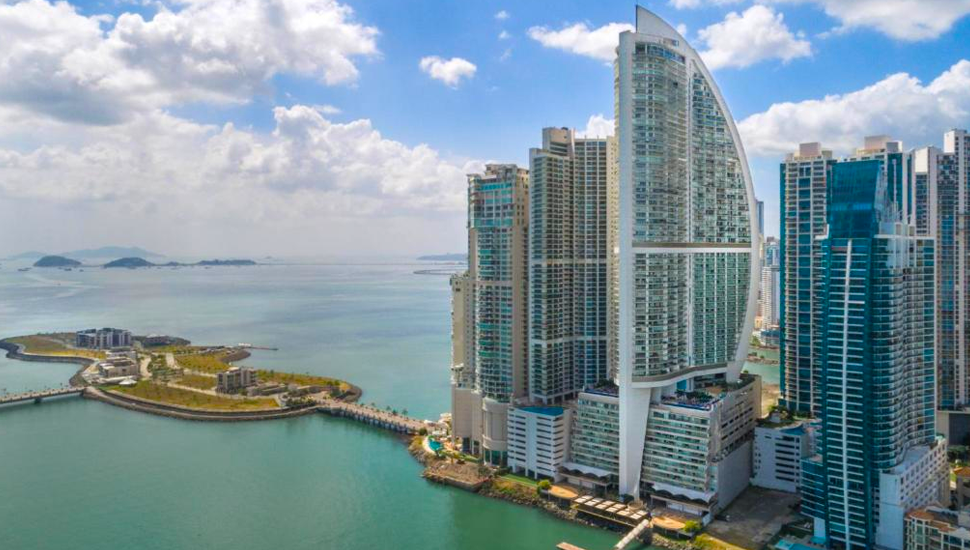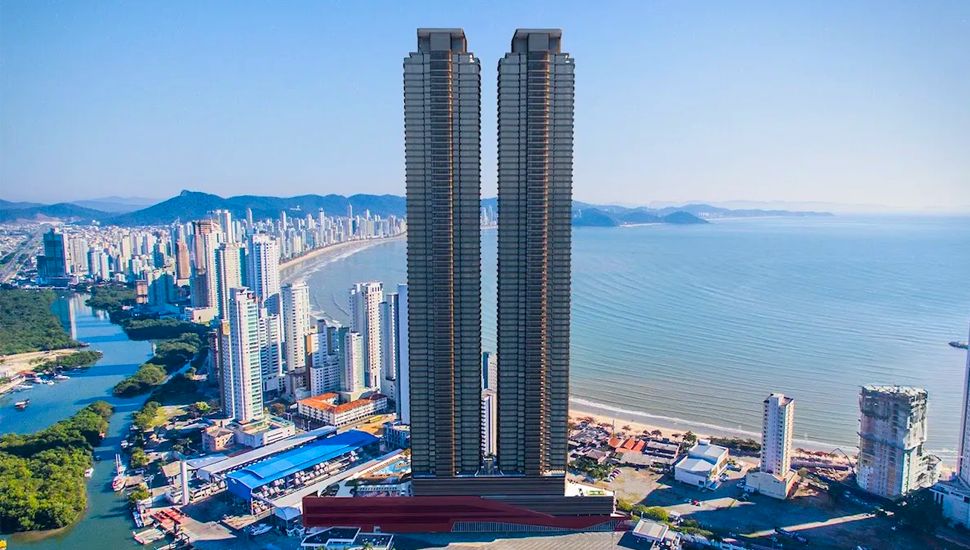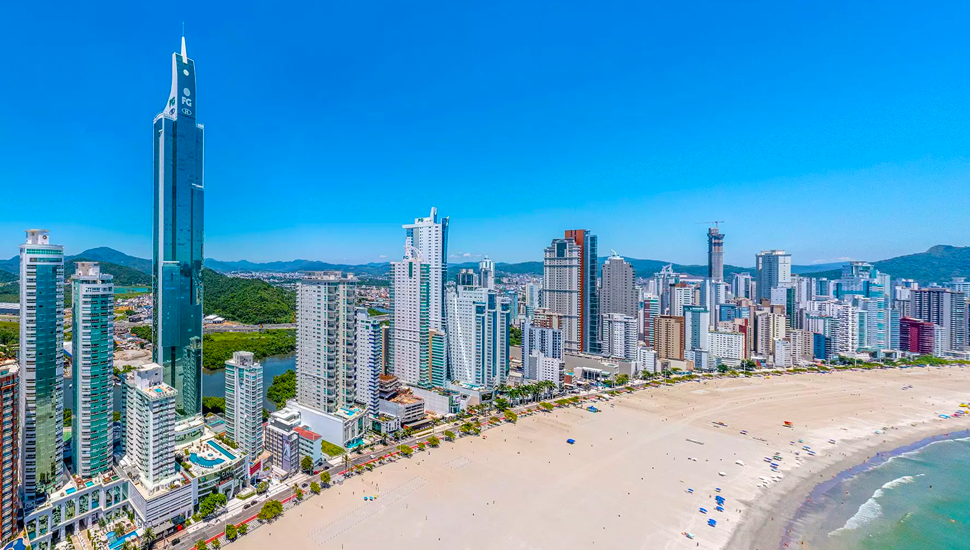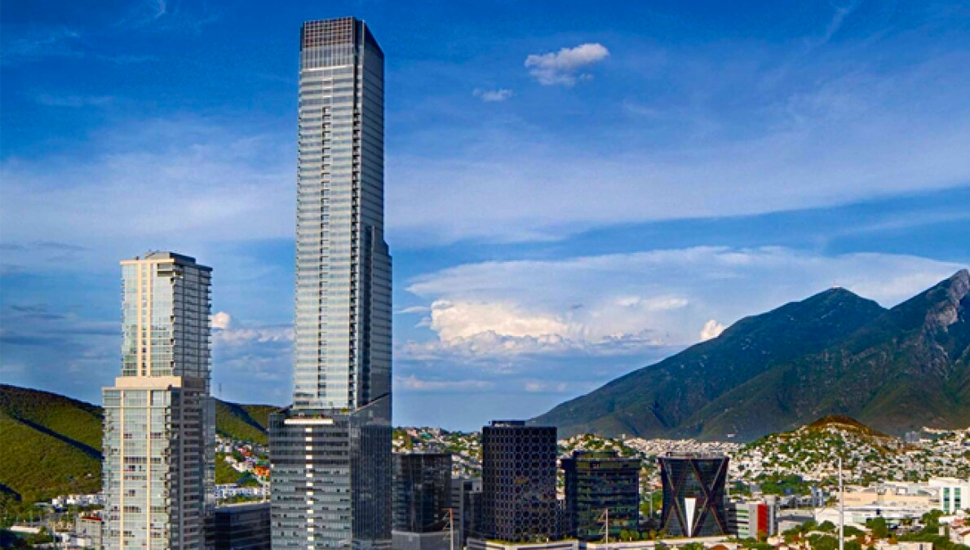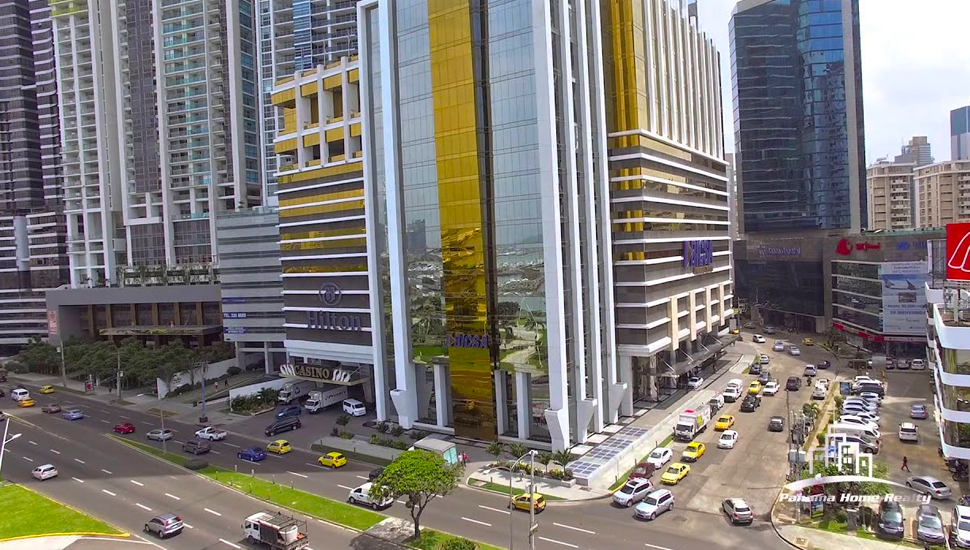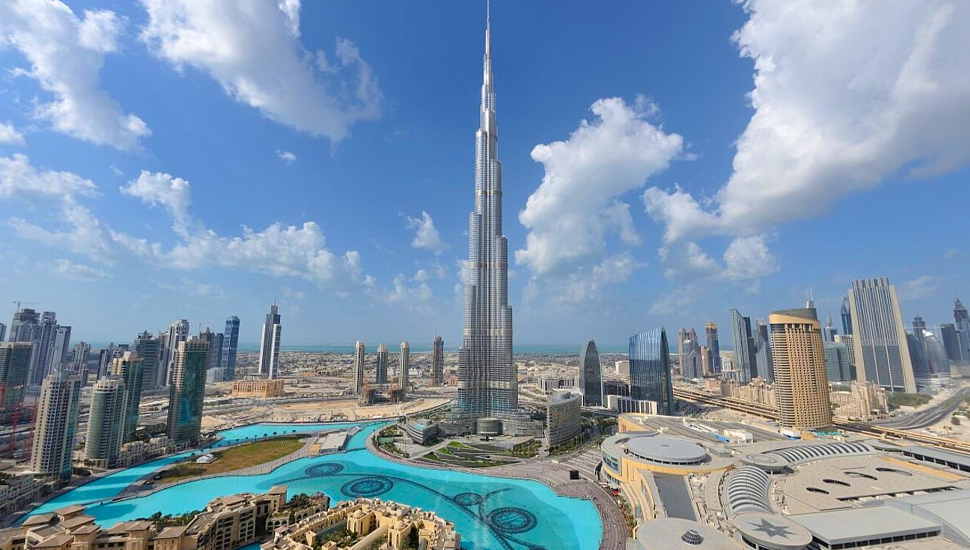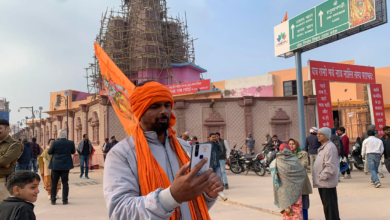Latin America’s 20 Tallest Buildings: Reaching for the Sky
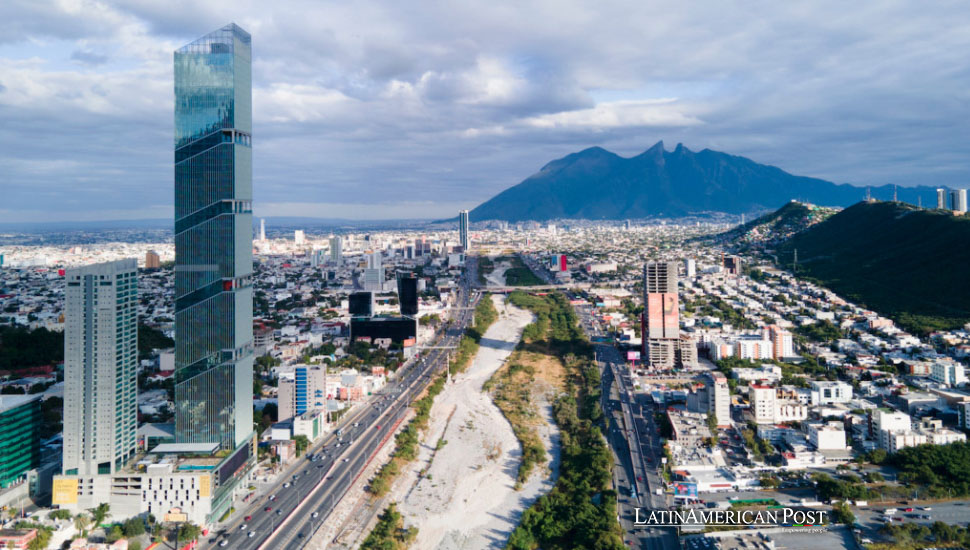
As of 2024, Latin America boasts some of the world’s tallest and most impressive skyscrapers. While they don’t even come close to the tallest building in the world, the Burj Khalifa in Dubai, they stand as symbols of economic growth and architectural innovation across the region.
In a region renowned for its rich history, diverse cultures, and breathtaking landscapes, Latin America’s skyline is now ascending to new heights—literally. Over the past decade, cities from Mexico to Chile have witnessed a surge in skyscraper construction, each competing for the title of the tallest building in Latin America. These architectural wonders are more than just towering structures; they are symbols of the region’s swift urbanization, economic ambition, and burgeoning influence on the global stage, inspiring a promising future for Latin America.
As you traverse the bustling streets of Mexico City, the serene coastlines of Balneário Camboriú, or the financial districts of Panama City, it’s impossible not to be awestruck by the sheer scale and elegance of these skyscrapers. Each one tells a story of a city and a country pushing the boundaries of what is possible, aiming to compete with the world’s most iconic skylines. While none of these towers can rival the staggering height of Dubai’s Burj Khalifa, which soars to an incredible 828 meters, they represent Latin America’s unique character and aspirations.
In this article, we explore the top 20 tallest buildings in Latin America as of 2024, delving into their architectural significance, the cities they redefine, and how they compare to the world’s tallest structures. From Mexico’s industrial heartlands to Brazil’s luxury coastal retreats, these skyscrapers are reshaping the skylines of Latin America, one floor at a time.
T.Op Corporativo: Mexico’s Towering Achievement
At 305.3 meters, T.Op Corporativo in Monterrey, Mexico, is the tallest building in Latin America as of 2024. This skyscraper symbolizes Monterrey’s emergence as a significant economic and business hub in Mexico. The building, which has 64 floors and houses offices, luxury apartments, and retail spaces, combines functionality with modern design aesthetics.
Monterrey, often referred to as the ‘industrial capital of Mexico,’ has seen significant growth in recent years, and T.Op Corporativo is a testament to the city’s rapid urban development. The building’s sleek, modern architecture, emphasizing glass and steel, not only reflects the city’s forward-thinking mindset but also reshapes its skyline, underlining its commitment to becoming a global player in business and commerce.
Torre Costanera and the Rise of Santiago’s Skyline
Santiago de Chile’s Torre Costanera is the second-tallest building in Latin America, rising to 300 meters. Completed in 2013, this 62-floor tower is part of the larger Costanera Center complex, which includes a shopping mall, two hotels, and two additional office buildings. The Torre Costanera is an iconic part of Santiago’s skyline and is the tallest building in South America.
The tower’s design by Argentine architect César Pelli emphasizes elegance and modernity, with a glass façade that reflects Santiago’s surrounding mountains. The building features state-of-the-art office spaces, a luxury hotel, and an observation deck on the 61st and 62nd floors, offering panoramic city views. Torre Costanera has become a symbol of Santiago’s economic progress and its position as one of the leading financial centers in Latin America.
Panama: The Hub of Latin American Skyscrapers
Panama City has established itself as a significant hub for skyscrapers in Latin America, with multiple entries on the list of the tallest buildings in the region. The JW Marriott Panama is a prime example, standing at 284 meters with 70 floors. This luxury hotel and residential building offers some of the most exclusive accommodations in the region, with its stunning views of the Pacific Ocean and the city skyline.
Following closely are the twin Yachthouse by Pininfarina Towers 1 and 2 in Balneário Camboriú, Brazil, each standing at 280.3 meters with 81 floors. These residential towers, designed by the famed Italian design house Pininfarina, are among the tallest in Brazil. They feature luxury apartments that focus on cutting-edge design and comfort, offering residents a high-end living experience.
Another notable mention is Torre KOI in San Pedro Garza García, Mexico, which reaches a height of 279.1 meters and has 67 floors. It is the tallest building in the Monterrey metropolitan area, offering office spaces, residences, and a luxury hotel, all within a modern and environmentally sustainable design.
Panama City is also home to the Bicsa Financial Center (267 meters), The Point (266 meters), Torre Vitri (260 meters), and Ocean Two (257 meters). Each of these buildings is a testament to Panama’s rapid growth and ambitions to become the “Dubai of Latin America.” The country’s favorable economic policies and strategic location as a gateway between the Americas have made it an attractive destination for international businesses and investors, driving the construction of these towering structures.
Comparing Latin America’s Tallest to the World’s Tallest
When comparing Latin America’s tallest buildings to the world’s tallest building, the Burj Khalifa in Dubai, the difference in scale is striking. The Burj Khalifa dwarfs the T.Op Corporativo. The Burj Khalifa in Dubai, standing at 828 meters with 163 floors, is more than 2.7 times taller than the tallest building in Latin America. The Burj Khalifa is not just a building; it’s an engineering marvel that redefined what was possible regarding building height and urban development. Designed by Skidmore, Owings & Merrill, the tower is a mixed-use skyscraper housing offices, residences, a hotel, and an observation deck.
While Latin America’s tallest buildings are impressive within their regional context, they represent a different scale of ambition compared to the Burj Khalifa. However, the significance of these Latin American towers lies not in their comparison to the world’s tallest but in what they symbolize for their respective countries. Each of these skyscrapers reflects economic growth, urban development, and the aspirations of the cities they inhabit.
The Remaining Giants
Torre Mitikah in Mexico City, with a height of 265.8 meters, is part of a larger development project to transform the city’s skyline. The tower includes residential spaces, office areas, and a shopping mall, making it a vital part of the city’s modernization efforts.
YooPanama, inspired by Philippe Starck’s designs, stands at 246.8 meters in Panama City. This residential building is known for its luxurious interiors and unique design, offering high-end living spaces in one of Latin America’s most dynamic cities.
Torre Reforma in Mexico City is another standout, reaching 246 meters. This 57-floor skyscraper is renowned for its innovative earthquake-resistant design, which includes a distinctive triangular shape that sets it apart from other buildings in the area. Torre Reforma has won multiple architectural awards and is a prime example of how functionality and aesthetics can be harmoniously combined in modern architecture.
Chapultepec Uno R-509, also in Mexico City, is a 240.5-meter tall skyscraper that blends residential, office, and commercial spaces within its 58 floors. Its location near the iconic Chapultepec Park makes it one of the most sought-after addresses in the city.
In Buenos Aires, Argentina, the Alvear Tower Puerto Madero rises 235.2 meters, making it the tallest building in Argentina. This luxury residential building is located in the upscale Puerto Madero district and offers panoramic views of the city and the Rio de la Plata.
La Maison by Fendi Casa in Panama City is a more recent addition to the skyline, standing at 235 meters. This luxury residential tower, developed in collaboration with the Italian fashion house Fendi, is known for its opulent interiors and exclusive amenities, setting a new standard for luxury living in the region.
Torre BBVA in Mexico City, at 234.9 meters, is the headquarters of BBVA Bancomer, one of Mexico’s largest banks. This 50-floor skyscraper is notable for its energy-efficient design and LED lighting system, which illuminates the building in different colors at night and makes it a prominent feature of the city’s skyline.
Finally, the Infinity Coast Tower in Balneário Camboriú, Brazil, rounds out the list at 234.8 meters. This 66-floor residential building is part of the city’s transformation into a luxury real estate hotspot, attracting domestic and international buyers.
Latin America’s Vertical Ambitions
Latin America’s skyscrapers may not yet reach the stratospheric heights of the Burj Khalifa, but they are formidable symbols of the region’s vertical ambitions. Each building on this list reflects its city’s unique cultural, economic, and architectural characteristics. As these skyscrapers rise, they are not just altering the skylines of their cities—they are reshaping the identities and futures of their nations.
Also read: Brazil Has Lost a Third of its Natural Areas
Whether the towering T.Op Corporativo in Monterrey or the sleek Torre Costanera in Santiago, these buildings stand as monuments to the region’s progress. As Latin America continues to grow and develop, its cities aim high, reaching for the sky one skyscraper at a time.

